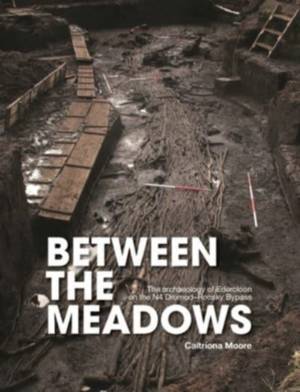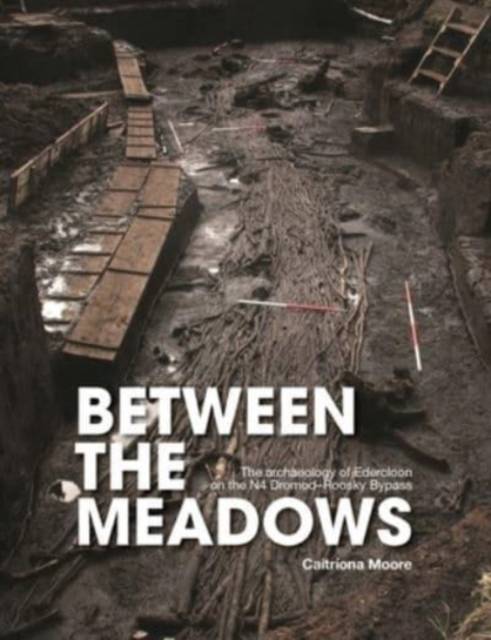
- Afhalen na 1 uur in een winkel met voorraad
- Gratis thuislevering in België vanaf € 30
- Ruim aanbod met 7 miljoen producten
- Afhalen na 1 uur in een winkel met voorraad
- Gratis thuislevering in België vanaf € 30
- Ruim aanbod met 7 miljoen producten
Zoeken
€ 33,95
+ 67 punten
Omschrijving
The bog in the townland of Edercloon, Co. Longford, first came to archaeological attention in 1964, when a local farmer discovered a prehistoric stone axe that retained a portion of its original wooden handle. Forty-two years later, during test excavations in advance of the construction of the N4 Dromod-Roosky Bypass, the preservative peat of Edercloon relinquished further ancient secrets in the form of a large network of wooden trackways and numerous artifacts. This proved to be one of the most remarkable archaeological complexes ever excavated in Ireland's wetlands.
Evidence for human activity at Edercloon extends back almost 6,000 years, where the first narrow track of branches and twigs was laid down on the wet bog surface. This practice would continue for four millennia as further structures were built and wheel fragments, spears, and vessels were deposited among them.
The story of Edercloon is not limited to the sites and objects submerged within the peat. Volcanic ash, ancient pollen, microscopic organisms, deep accumulations of peat, beetles' wings, and the wood of the trackways themselves have been the subject of paleoenvironmental studies.
Evidence for human activity at Edercloon extends back almost 6,000 years, where the first narrow track of branches and twigs was laid down on the wet bog surface. This practice would continue for four millennia as further structures were built and wheel fragments, spears, and vessels were deposited among them.
The story of Edercloon is not limited to the sites and objects submerged within the peat. Volcanic ash, ancient pollen, microscopic organisms, deep accumulations of peat, beetles' wings, and the wood of the trackways themselves have been the subject of paleoenvironmental studies.
Specificaties
Betrokkenen
- Auteur(s):
- Uitgeverij:
Inhoud
- Aantal bladzijden:
- 224
- Taal:
- Engels
- Reeks:
Eigenschappen
- Productcode (EAN):
- 9781911633303
- Verschijningsdatum:
- 14/04/2022
- Uitvoering:
- Paperback
- Formaat:
- Trade paperback (VS)
- Afmetingen:
- 190 mm x 244 mm

Alleen bij Standaard Boekhandel
+ 67 punten op je klantenkaart van Standaard Boekhandel
Beoordelingen
We publiceren alleen reviews die voldoen aan de voorwaarden voor reviews. Bekijk onze voorwaarden voor reviews.











